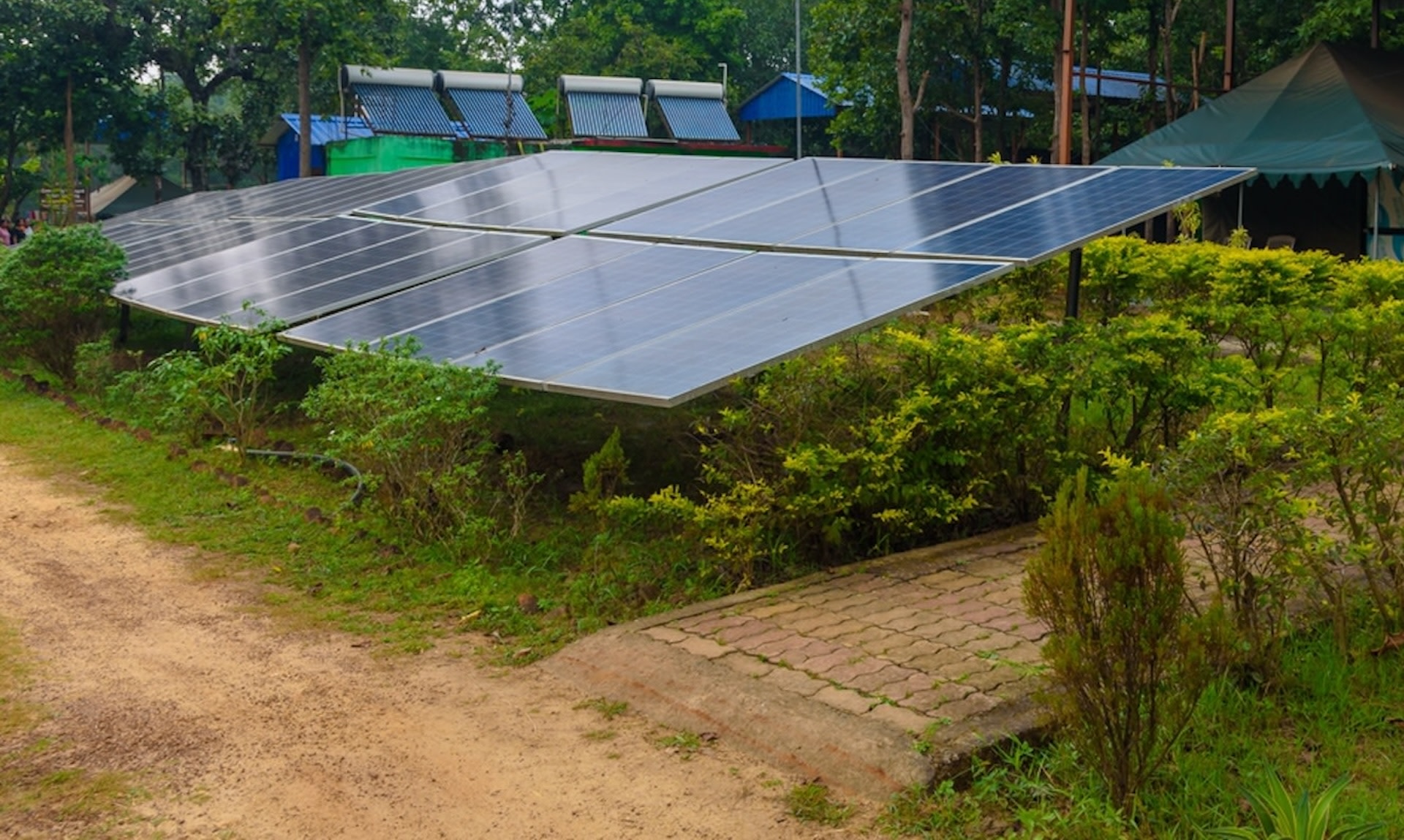Solar farms are stepping up their game, and it's not just about producing clean energy.
These sun-soaking powerhouses are now doubling as havens for wildlife, offering a ray of hope in the fight against biodiversity loss, according to The New York Times.
Across the United States, innovative solar projects are transforming barren fields into thriving ecosystems.
Take a solar meadow in Ramsey, Minnesota, which the Times covered in a new feature. It's not your average energy site. It's a vibrant field of wildflowers and native grasses, buzzing with life. Butterflies fly from bloom to bloom, while birds tweet from the panel structures.
By creating pollinator-friendly habitats, these solar farms are helping struggling insect populations. And that's good news for all of us.
Healthy pollinator populations mean better crop yields and more stable food supplies. Plus, the diverse plant life helps prevent soil erosion and even captures carbon from the atmosphere.
This eco-friendly approach saves solar companies money in the long run. Less mowing means lower maintenance costs, making it a mutual victory for business and biodiversity.
And let's remember the community benefits. Who wouldn't prefer a colorful meadow to a plain grass field?
The results speak for themselves. One study found that insect abundance tripled over five years at two Minnesota solar sites. Native bee populations skyrocketed twentyfold. That's some serious pollinator power.
"We have to address both challenges at the same exact time," Rebecca Hernandez, an ecology professor at the University of California, Davis, told the New York Times. She's talking about tackling atmospheric pollution and biodiversity loss simultaneously, and solar meadows are proving to be a brilliant solution.
John Gantner, an engineering director at ENGIE, agrees: "We've calculated and ran the numbers, and there's significant savings." It turns out that doing good for the planet can be good for companies' bottom lines, too.
Join our free newsletter for good news and useful tips, and don't miss this cool list of easy ways to help yourself while helping the planet.








